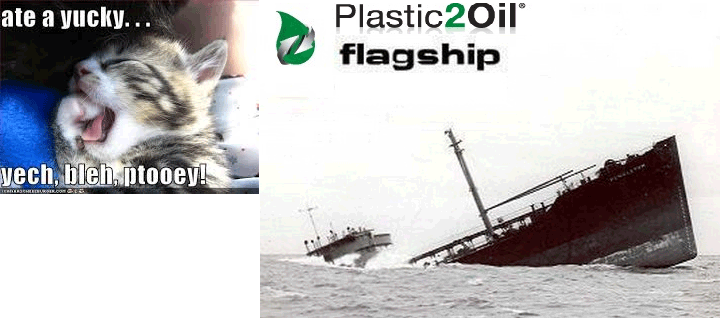You:
There is no way of knowing that it is accurate word-for-word. SAIC may have done some work, but someone could easily have created that document and published it, and JBI could have referred to it as being authentic.
Me:
That's what I thought you were suggesting. I think that is baloney. I believe the Executive Summary is exactly as it was prepared by SAIC.
You:
Now... " based on the assumptions discussed in our White Paper... w expect the facility to generate an average EBITDA of $28 Million ..."
Whoa!!!
That is a leap. Where did they get that number from? In order to arrive t that you need feedstock cost to determine costs, pricing to determine revenues, etc... plus it includes accounting numbers like SG&A, R&D, etc, which have nothing to do with the project at hand . SAIC would not concern themselves with these line items.
I do not think that that claim is credible, and is certainly not evidenced by JBI's performance.
Me:
It is the assumptions that I have been addressing. I maintain that the assumptions were provided by JBI to SAIC and SAIC ran their numbers based on those provided assumptions. Things like scalability, feedstock costs, selling price of fuel produced, etc.
The processor did not scale without major modifications. Feedstock characteristics require uniform, clean inputs so that the processor efficiency can be maximized. The need for HTF to allow consistent throughput was not considered in the report.
I think JBI knew the limitations going into the study, but they needed that $10 million financing. This is not something that just suddenly came to light in the few months after the study was done and the E.S. leaked.
I think the investors that made their investment decision based on that report, with all the White Paper's "assumptions", are not very happy with what quickly turned from positive conclusions to something much less than positive.
Retail investors were also led to believe that all was rosy based on that study.
Everyone lost as JB continued his quest to make the processor work.
All we can do is hope that the time he bought, along with the money spent, were worth the charade. The big investors, Heddle included, stand first in line for any value that exists if the company goes under. Retail is screwed unless Heddle takes his responsibilities as the CEO of a public company seriously. Assuming, of course, that there is a business model that makes any sense given the limitations of the technology.
Onward through the fog.


